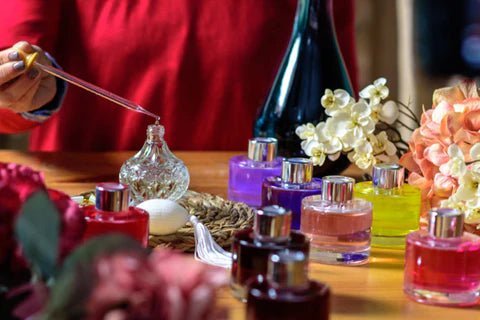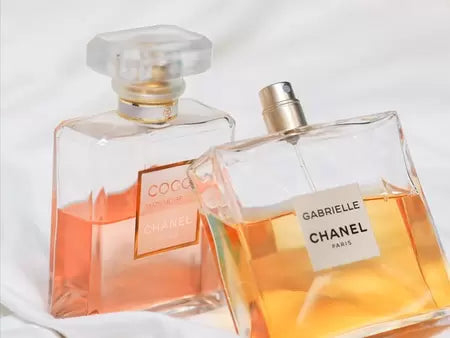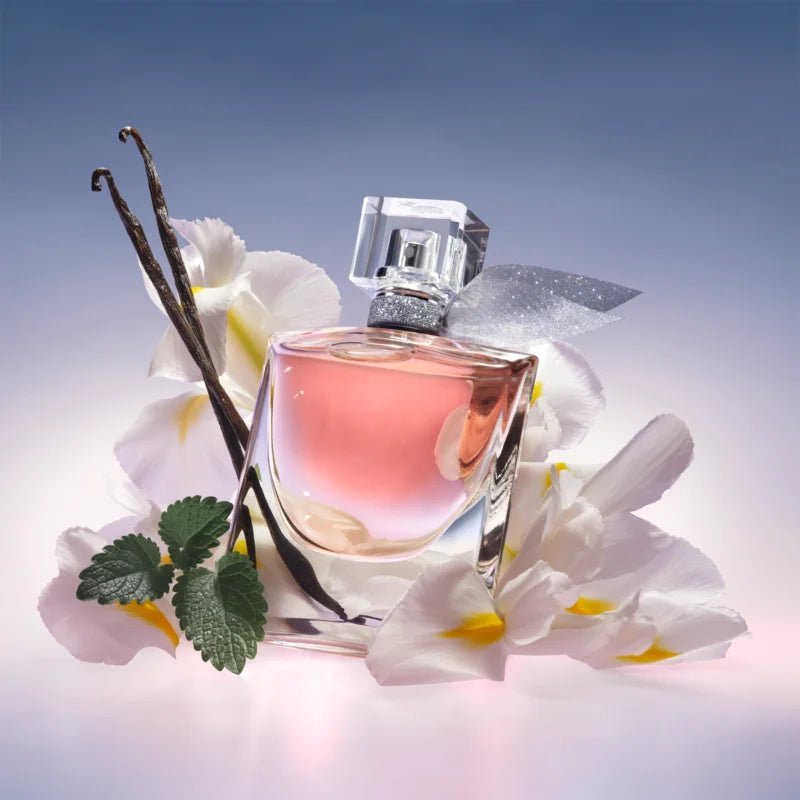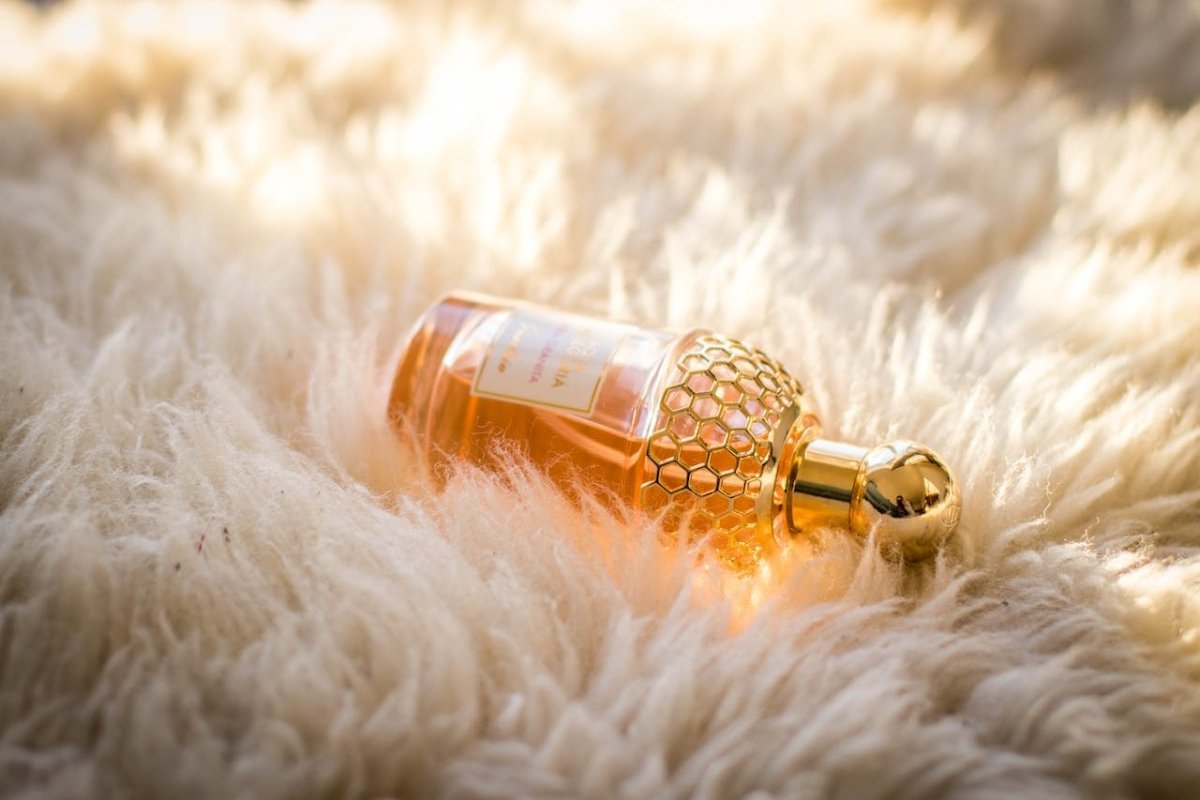
The Science of Scent: How Perfumes Are Made
The Science of Scent: How Perfumes Are Made
Perfumes have a magical ability to evoke emotions, memories, and even define a person's style or mood. Whether it's the floral freshness that exudes elegance or the woody warmth that captivates attention, perfumes have become an integral part of daily grooming. But what exactly goes into making these bottled fragrances that captivate our senses?
Understanding Perfumes
Fragrance Origins and Development
Perfumery, an ancient art dating back centuries, has evolved significantly. Modern perfumery began in the 19th century, but the use of fragrant oils and essences dates back to ancient civilizations like Egypt, Mesopotamia, and India. These civilizations cultivated aromatic plants and extracted scents for religious rituals, ceremonies, and personal adornment.
The Art of Perfumery
Creating a perfume involves blending various aromatic compounds to achieve a specific scent profile. Perfumes contain a combination of essential oils, aroma compounds, fixatives, and solvents. Expert perfumers, often referred to as "noses," meticulously combine these elements to craft unique and appealing fragrances.
The Perfume-Making Process
Raw Materials
- Essential Oils: Extracted from plants, flowers, bark, or seeds, these oils form the core of perfumes. Examples include jasmine, rose, sandalwood, and patchouli.
- Aroma Compounds: These synthetic or natural molecules enhance and intensify the scent, offering various notes like fruity, floral, spicy, or musky.
- Fixatives: Substances like resins or animal-derived compounds help stabilize and prolong the scent.
Blending and Formulation
Perfumers meticulously blend these ingredients, often categorized into top, middle, and base notes. Top notes are the initial scent, middle notes form the heart of the fragrance, and base notes provide depth and longevity.
Extraction Techniques
- Distillation: Steam distillation extracts essential oils from plants.
- Expression: Mechanical pressing extracts oils from citrus fruits.
- Solvent Extraction: Using solvents to extract delicate aromas like jasmine or rose.
Classification of Fragrances
Perfumes can be classified into various categories based on their scent families, such as floral, woody, oriental, or citrusy fragrances. Some fragrances are designed for specific genders, while others are unisex or cater to individual preferences.
Perfume Market and Choices
Gender-Specific vs. Unisex Fragrances
Traditionally, perfumes were categorized as either men's or women's scents, but contemporary perfumery embraces unisex and gender-fluid scents, allowing individuals to choose based on personal preferences rather than societal norms.
Celebrity and Designer Perfumes
Celebrities and fashion designers often collaborate to create signature scents, blending their personalities into fragrances that cater to a diverse market.
Luxury vs. Affordable Perfumes
The perfume market caters to various consumer segments, offering luxury and designer fragrances alongside more affordable options, ensuring a wide range of choices for different budgets.
Choosing Your Signature Scent
Understanding Notes and Combinations
Discovering your signature scent involves exploring various fragrances, understanding notes that resonate with your style and personality, and experimenting with different combinations to find the perfect match.
Fragrance Shops and Stores
Visiting perfume stores or fragrance shops allows individuals to sample a diverse range of scents, seek expert advice, and explore new arrivals or classic favorites.
Embracing a Signature Scent
Once you find your perfect fragrance, it becomes a part of your identity, leaving a lasting impression and creating a memorable olfactory experience for you and those around you.
Conclusion
The art of perfumery seamlessly blends science, art, and creativity, crafting scents that evoke emotions and memories. From floral fragrances to woody or oriental scents, the diverse world of perfumes offers something for everyone. Understanding the process behind perfume creation empowers individuals to choose and embrace their signature scents, adding a personal touch to their everyday lives.
Whether it's a classic cologne, a luxurious designer perfume, or an affordable yet captivating fragrance, the world of perfumes invites exploration and self-expression, allowing each person to find their unique olfactory journey.







